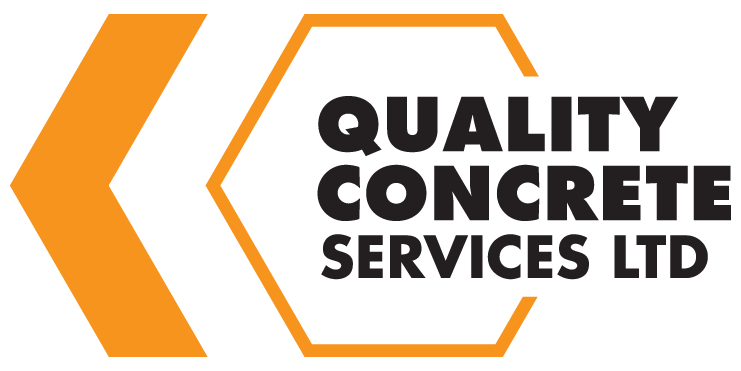Top 8 Different Types of Concrete Finishes Used in NZ’s Construction Industry
In This Article:
8 Types of Concrete Finishes
- Floating or Trowelled
- Broom or Brushed Concrete
- Swirl
- Exposed Aggregate
- Salt Concrete
- Stamped Concrete
- Stained Concrete or Coloured Finish
- Polished Surface Concrete
Whether you require hard landscaping, driveways, footpaths, or concrete floors an important part of the design and planning process is choosing the perfect concrete finish.
By understanding more about the different kinds of concrete finish, you can get the right concrete for your project and decide which finish will look best for your job.
How do you know what type of concrete finish you need?
Several factors can influence the type of finish you need for your project. Each concrete finish has a different purpose for which it is applied and is suitable for different locations.
To learn more about the types of concrete finishing for your project, look at this list of the top concrete finishes in the construction industry:
8 Types of Concrete Finishes
1. Floating or trowelled finish
A floating or trowelled finish is one of the most basic types of concrete finish.
The concrete is poured, and flattened with a screed. It is then worked with a trowel backwards and forwards to create a smooth, fine concrete surface.
Large industrial and commercial projects require bigger mechanical trowels. These consist of a fan of blades that contact the concrete.
Often used for outdoor applications such as pathways, and driveways. A trowelled finish is easy to clean and maintain, and has high resistance to abrasion, weather, and water penetration.
2. Broom or brushed concrete finish
View this post on Instagram
Concrete with a broom finish is trowel-finished concrete taken a step further. The concrete is poured in the same way, and then levelled and ‘closed’ with a trowel before dragging a broom across the surface to create a rough texture.
Broom finishes are popular because they give traction to the surface, are slip resistant and are perfect for areas that could get slippery and require quick water run-off.
Brushed concrete or a broom finish concrete surface is best used for driveways and around swimming pools and wet areas.
MORE ABOUT CONCRETE FOR DRIVEWAYS
3. Swirl finish
A swirl finish is a more advanced version of the broom or brushed concrete finish.
Once the surface has been smoothed out, this procedure is used to make different patterns and textures in the concrete, such as arches, swirls, or a pattern.
Like a broom finish, it provides good slip resistance and is often used for driveways, footpaths, and other outdoor areas.
The swirl finish ensures a safer concrete surface during wet seasons.
View this post on Instagram
4. Exposed aggregate finish
In an aggregate finish, the aggregates mixed into the concrete are visible. They are usually chosen for the look, unlike a trowel or broom finish where the aggregates aren’t usually seen.
To achieve this finish, concrete is poured, levelled, and trowelled. The hardening of the surface is slowed with a chemical and then removed, exposing the aggregate below.
The concrete mix can include aggregates such as seashells, attractive stones, granite, coloured glass etc.
Exposed aggregate finish concrete is widely used on factory floors, warehouses, event halls, and galleries as it has compressive strength and great aesthetics across a large surface area.
5. Salt concrete finish
The salt finish is achieved by sprinkling rock salt onto the surface of uncured concrete. It’s incredibly durable and low maintenance.
The salt particles are spread and then pressed into the surface with a roller. After the concrete has set, the grains of salt are washed away to leave behind a finely textured, decorative, slip-resistant surface.
The salt finish is used around swimming pools and other wet areas.
6. Stamped concrete
A stamped concrete finish is an ornamental technique which adds design and texture to the surface.
Concrete stamps or panels are placed onto the uncured cement, making the finished concrete look like another building material such as brick, stone, or tiles.
It’s a great way to add visual interest and a decorative look and colours can be used to enhance the effect.
Stamped concrete is a concrete surface that is used to enhance footpaths, patios, and outdoor areas.
7. Stained concrete or coloured finish
Stained or coloured concrete is achieved through adding pigments or post-cure straining. Colours are usually natural or earthy and create a decorative effect.
Coloured concrete is mixed into the concrete before pouring, whereas stains can be added to the concrete at any stage to achieve the desired colour finish.
After the staining process, a quality sealant is then applied to protect the surface.
8. Polished surface concrete finish
Usually used inside commercial and residential buildings, polished concrete is achieved through using professional floor grinders that polish and create the polished concrete surface.
Floor grinders have varying degrees of heavy-duty abrasives, from fine to coarse and chemical hardeners can be used for water protection.
When the process is complete, a sealer is then applied.
Polished concrete floors work well in warehouses, retail stores, hotels, restaurants, office buildings, auto showrooms and private homes.
View this post on Instagram
Do you need to talk to a concrete specialist?
It’s helpful to learn more about the types of concrete finishes, but sometimes you need to discuss your project with a specialist.
We are Auckland’s concrete experts. If you have questions about the best concrete solutions for you, call;
Troy on 022 673 9877 or Jackson on 021 977 44 4.
